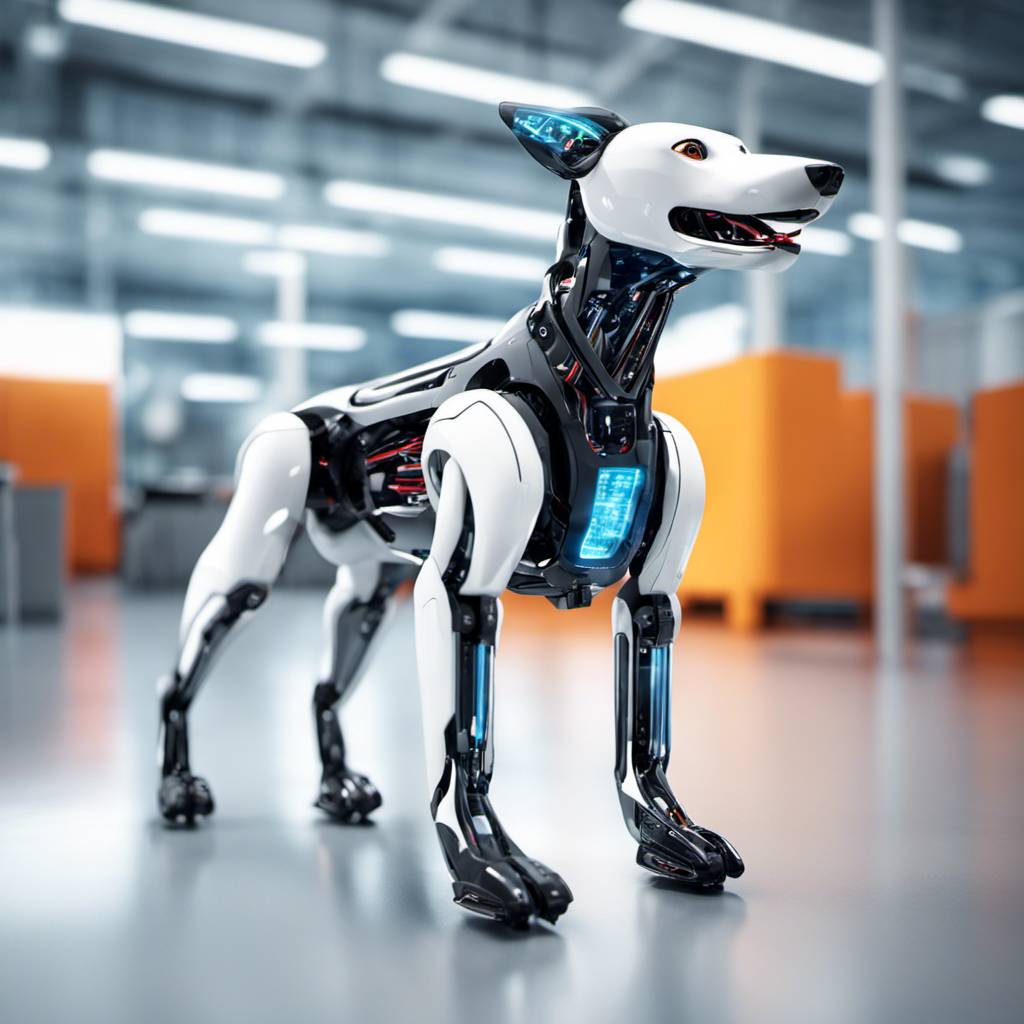In a groundbreaking development, engineers at EPFL’s Computational Robot Design & Fabrication Lab (CREATE), led by Professor Josie Hughes, have engineered a robotic dog that mimics the movements of a real dog using motion-capture data. This innovative project was spearheaded by Mickaël Achkar, who was inspired by the diverse ways animals move and wanted to replicate this in a robotic form.
Achkar’s focus was on creating a robot that could move autonomously once set in motion, without the need for constant activation of its motors. He was guided by the motor control processes found in animals, particularly dogs. “I wanted to engineer a robot with animal characteristics, bearing in mind that animals – like humans – move in a huge variety of ways,” explains Achkar.
The project began with an extensive study of dogs’ biological mechanisms and synergistic movements. Using a vast open-source dataset on dog motion, Achkar extracted and structured data in a way that could be meaningfully summarized through principal component analysis. This method allowed Achkar to group the data into vectors describing the primary axes of dog motion, providing precise specifications for the robotic design.
The result is a robotic dog that boasts bilateral symmetry, with each of its four legs featuring three joints coordinated with each other. This feature is what allows the robot to run with the agility of a real dog. The prototype was constructed using metal rods as bones, 3D-printed pulleys as joints, thin cables as tendons, and screws to hold it all together.
The engineers tested their creation on a treadmill and were surprised to find that once the robot started running, it could continue autonomously without activating its control motors. However, to ensure continuous motion, they added a counterweight similar to a pendulum. “The counterweight uses resonance to inject energy,” Achkar explains.
The robot’s control motors provide a broader range of motion, allowing it to jump and overcome obstacles without the help of its counterweight. Despite some limitations in the prototype’s robustness, the mechanical dog performed impressively in tests, easily reaching speeds of 6 km/h on the treadmill and resuming its run smoothly even when faced with obstacles.
The team at CREATE is not aiming to compete with high-tech robotic dogs already on the market. Instead, they’re exploring bio-inspired robot designs and focusing on enhancing fundamental design elements and passive properties. This approach requires only simple control systems while maximizing the robot’s capabilities.
Achkar’s research has already proven beneficial in creating robotic hands and other body parts. His research paper is due for publication in a scientific journal soon. Having completed his Master’s in robotics engineering, Achkar plans to return to Montreal after gaining valuable experience and knowledge at EPFL.
This project is a shining example of how programming languages and coding can be used in robotics to create autonomous machines inspired by nature. The use of electronics and computers in such innovative ways opens up vast possibilities for the future of robotics. The team at CREATE continues to push boundaries, contributing significantly to advancements in the field of robotics.
